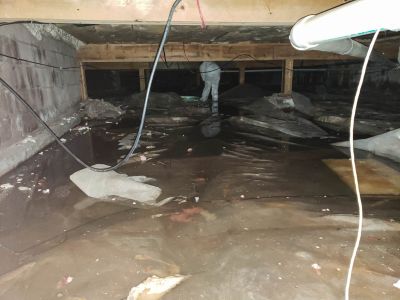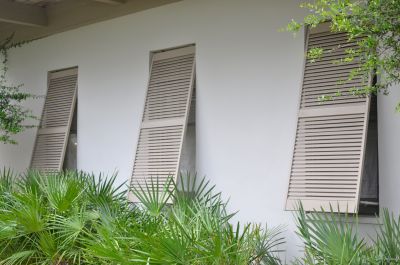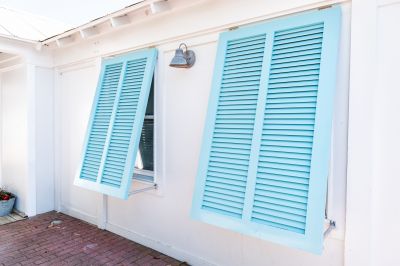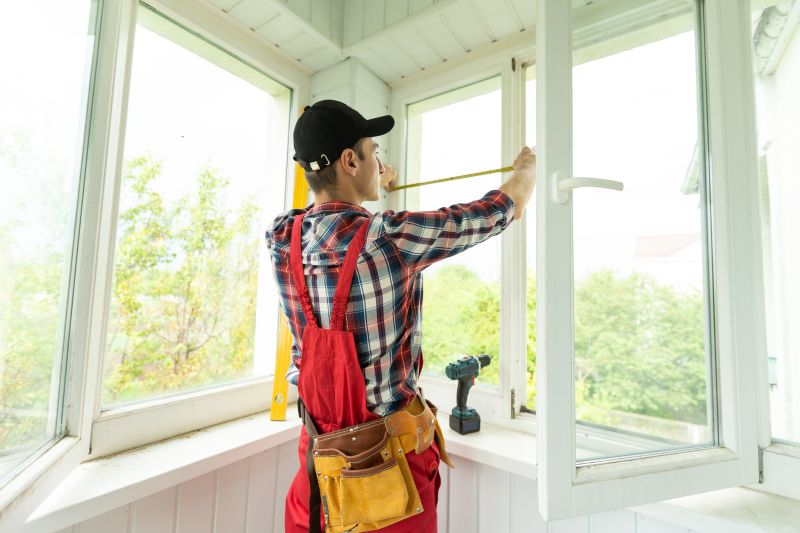Storm Restoration Timing and Impact
The best time for storm restorations is typically immediately after a storm has passed, when damage is most visible and accessible. Prompt action can prevent secondary issues like mold or structural deterioration.
Late spring through early fall generally sees increased storm activity. However, weather patterns and regional climate influence the ideal timing for restoration work.
Restoration efforts are most effective when weather conditions are stable, dry, and mild. Working during adverse weather can delay repairs and compromise safety.
Conducting inspections soon after storms helps assess damage accurately and prioritize repairs, reducing the risk of secondary issues developing.

Ways to make Storm Restorations work in tight or awkward layouts.

Popular materials for Storm Restorations and why they hold up over time.

Simple add-ons that improve Storm Restorations without blowing the budget.

High-end options that actually feel worth it for Storm Restorations.

Finishes and colors that play nicely with Storm Restorations.

Little measurements that prevent headaches on Storm Restorations day.

A 60-second routine that keeps Storm Restorations looking new.

A frequent mistake in Storm Restorations and how to dodge it.

Small tweaks to make Storm Restorations safer and easier to use.

Lower-waste or water-saving choices for Storm Restorations.
| Aspect | Details |
|---|---|
| Optimal Inspection Time | Immediately after storm passage |
| Weather Conditions for Restoration | Dry, mild, and stable weather |
| Common Storm Types | Thunderstorms, hailstorms, windstorms, hurricanes |
| Average Damage Cost | Billions annually in the U.S. |
| Delay Risks | Increased structural damage and repair costs |
| Seasonal Peak | Late spring to early fall |
| Regional Variations | Dependent on local climate patterns |
| Damage Assessment Accuracy | Highest soon after storm |
